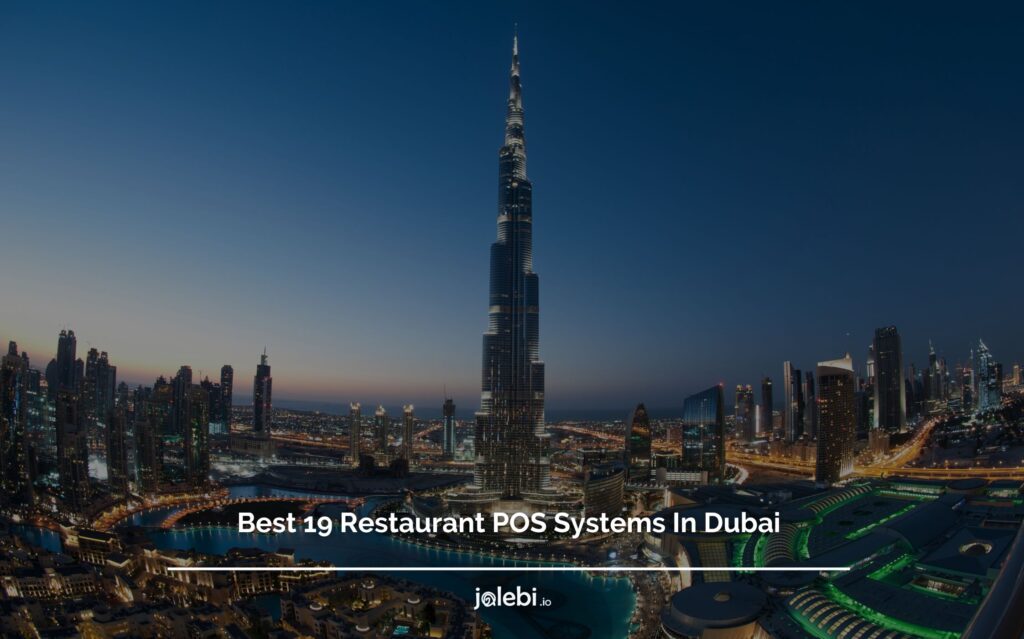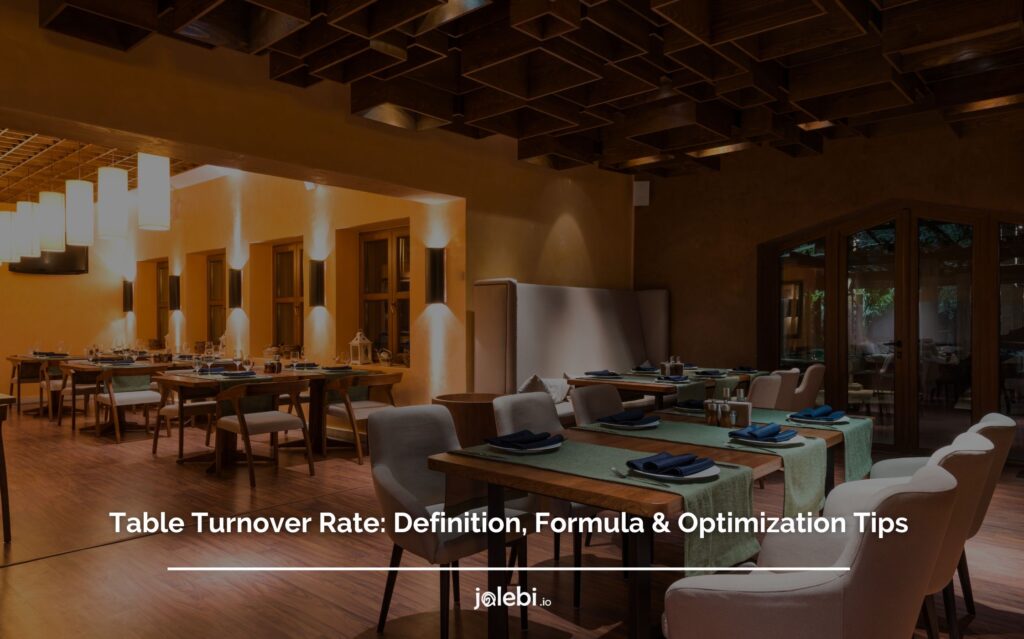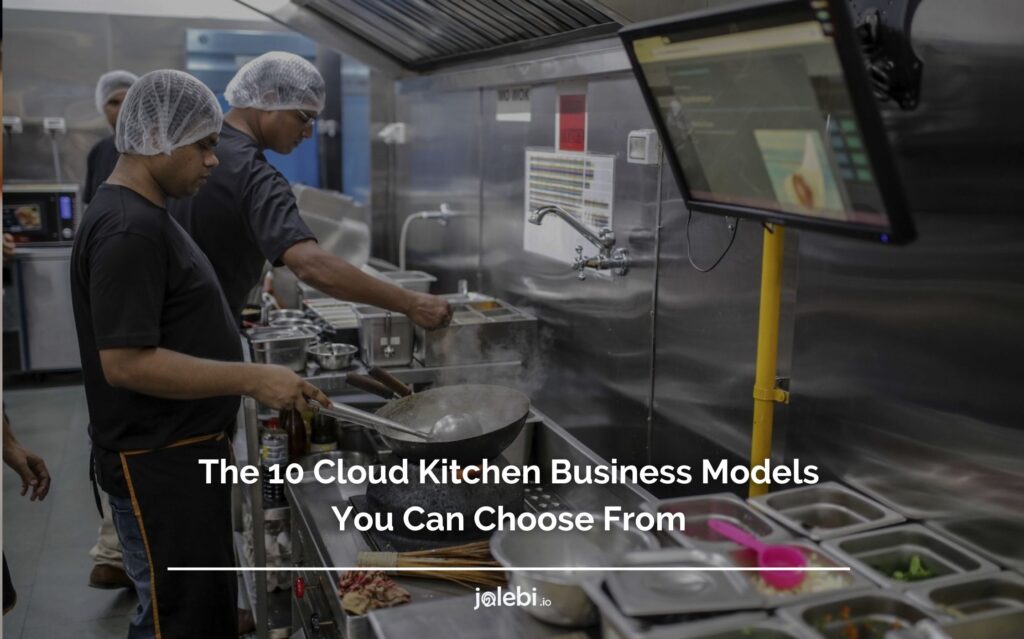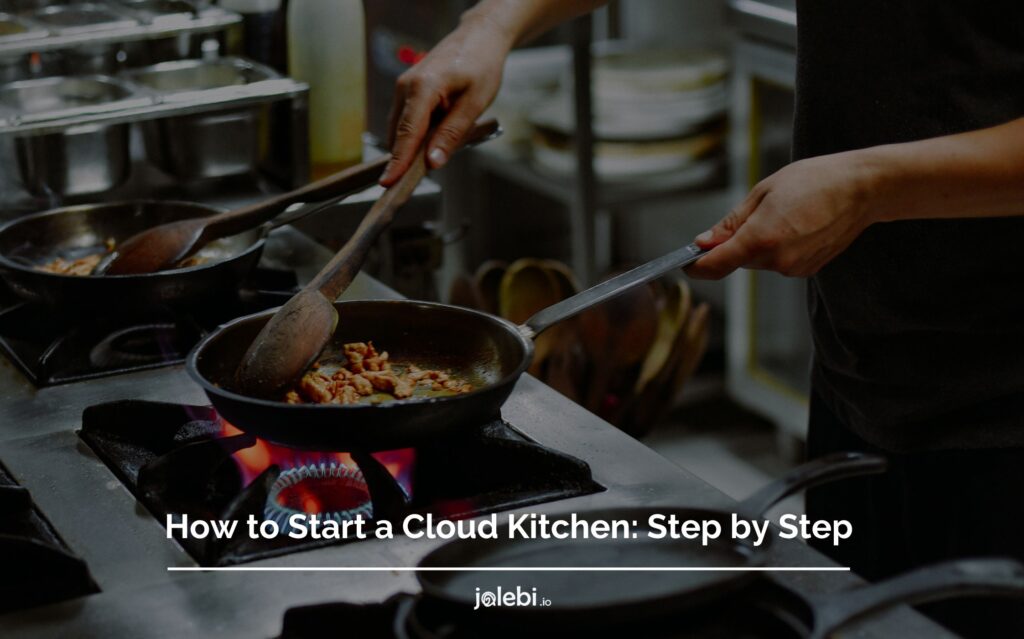Table of Contents
Ever felt stuck in the same dining routine, craving something fresh and exciting? That’s exactly why pop-up restaurants have taken the food world by storm.
These temporary dining experiences offer a unique blend of creativity, flexibility, and exclusivity that leave customers hungry for more.
But starting one might seem daunting—where do you even begin?
Fear not, because this guide will walk you through everything you need to know about what a pop-up restaurant is and how you can successfully launch your own!
What Is A Pop-Up Restaurant?
A pop-up restaurant is a temporary dining establishment that operates for a limited time, often in unconventional locations.
Unlike traditional restaurants, pop-ups can be set up in a variety of spaces—such as art galleries, rooftops, food markets, or even private homes—offering a one-of-a-kind experience.
These restaurants typically focus on experimental menus, exclusive events, or themed experiences, attracting food enthusiasts who are looking for something out of the ordinary.
The temporary nature of pop-ups adds a sense of urgency and excitement, making each event feel special.
Pop-up restaurants also provide chefs and restaurateurs with a platform to showcase their creativity and test new concepts without the high costs associated with permanent restaurant setups.
They offer a more flexible approach to dining, allowing for seasonal menus, collaborations with other chefs, and a more intimate connection with diners.
Whether it’s for a night, a week, or a few months, the pop-up model enables chefs to take culinary risks and create buzz around their brand in a short amount of time.
Benefits of Starting a Pop-Up Restaurant
Benefits of Starting a Pop-Up Restaurant
Starting a pop-up restaurant offers a range of benefits that make it an attractive option for aspiring chefs, restaurateurs, or food entrepreneurs.
One of the most significant advantages is low startup costs. Unlike traditional restaurants, which require substantial investment in long-term leases, construction, and interior design, a pop-up allows you to experiment with a temporary space at a fraction of the cost.
You can repurpose existing venues or even collaborate with event spaces, which means lower overhead and more flexibility in managing your budget.
Another key benefit is creative freedom. With a pop-up, you have the opportunity to showcase your unique culinary vision without being tied to a permanent menu or location.
This flexibility allows you to create themed events, experiment with new dishes, and adapt your concept based on customer feedback.
Additionally, the limited-time nature of pop-ups creates a sense of urgency, which can lead to increased demand and buzz around your brand.
People are drawn to exclusive, short-term experiences, and this can help build your reputation and loyal customer base faster than a traditional restaurant might.
Finally, pop-up restaurants serve as a testing ground for future ventures.
You can assess the market, refine your concept, and gather insights from diners—all invaluable data if you’re considering opening a permanent restaurant in the future.
The low-risk, high-reward nature of pop-ups makes them the perfect starting point for culinary entrepreneurs.
How to Choose the Perfect Location for Your Pop-Up Restaurant
Choosing the right location for your pop-up restaurant can make or break its success. The first thing to consider is your target audience.
Who are you hoping to attract? If you’re aiming for food enthusiasts or trendsetters, setting up in a bustling urban area or a popular food market might be ideal.
For a more intimate experience, you could opt for an unconventional space like a rooftop, art gallery, or even a private residence.
Always pick a location that aligns with your brand and the type of experience you want to create.
Another crucial factor is foot traffic. While pop-ups thrive on exclusivity, they still need visibility.
Look for locations that naturally attract a crowd, such as busy downtown areas, shopping districts, or event venues. Consider how easy it is for your audience to find and access your pop-up—proximity to public transport or parking is a plus.
You’ll also want to check the venue’s infrastructure, ensuring it meets your operational needs, like kitchen space, seating, and utilities.
A well-chosen location not only enhances your customer experience but also helps create buzz and word-of-mouth promotion.
Budgeting and Financing Tips for Pop-Up Restaurants
Starting a pop-up restaurant comes with its own set of financial considerations, but with the right planning, you can keep costs manageable. The first step is to set a clear budget.
Start by listing your essential expenses, such as venue rental, equipment, ingredients, staff, marketing, and permits. Because pop-up restaurants are temporary, you can often save on long-term leases and high overhead costs, but it’s important to account for any potential surprises.
Factor in a contingency fund for unexpected expenses like last-minute venue changes or additional staff during peak times.
When it comes to financing, there are several options available. If you’re launching a small-scale pop-up, consider self-funding or using personal savings to avoid debt.
For larger ventures, you might look into crowdfunding platforms like Kickstarter or Indiegogo, where you can raise funds in exchange for early reservations or special offers.
Additionally, you could seek out small business loans or partnerships with local brands or investors who are interested in supporting your concept. Collaborating with a well-known venue or chef could also help offset some costs while increasing visibility.
Staying flexible with your budget and financing strategies will help ensure your pop-up gets off the ground smoothly without financial strain.
Successful Pop-Up Restaurant Examples to Inspire You
1- The French Laundry’s Pop-Up (Napa Valley, USA)
- Concept: During its renovation, The French Laundry temporarily relocated to a pop-up structure next door. They maintained their full culinary experience, offering guests the chance to enjoy world-class dining in a fresh, intimate setting.
- Inspiration: This pop-up exemplified how maintaining brand identity can enhance customer loyalty, even during a temporary transition.
2. Mei Mei’s Takeaway (Boston, USA)
- Concept: Mei Mei, a popular Chinese-American restaurant, launched a pop-up centered around dumplings during the pandemic. They created dumpling kits, allowing customers to make them at home.
- Inspiration: This pop-up pivoted to adapt to new customer needs during COVID-19, showcasing the importance of flexibility in a changing market.
3. El Bulli Foundation (Spain)
- Concept: Chef Ferran Adrià transformed the iconic El Bulli restaurant into a pop-up to experiment with innovative culinary concepts after the restaurant’s closure.
- Inspiration: This pop-up demonstrated how a brand could evolve post-closure, embracing change while pushing creative boundaries.
Final Words: Pop-Up Restaurants
Pop-up restaurants are more than just a fleeting trend—they’re a dynamic platform for culinary creativity, brand-building, and community engagement.
Whether you’re a seasoned chef looking to test new concepts or an aspiring restaurateur eager to break into the industry, the pop-up model offers flexibility and lower financial risk while generating buzz and excitement.
From selecting the perfect location to budgeting smartly, every step presents an opportunity to showcase your passion and craft unique, memorable dining experiences.
With the right planning and vision, a pop-up restaurant can not only attract food lovers but also pave the way for future ventures in the culinary world.











